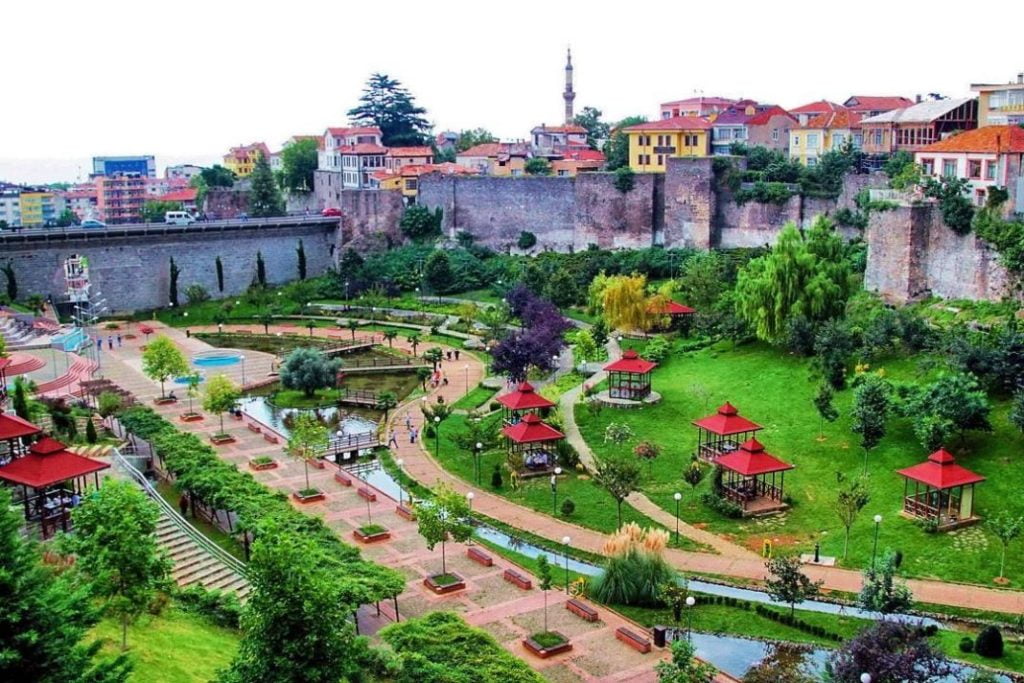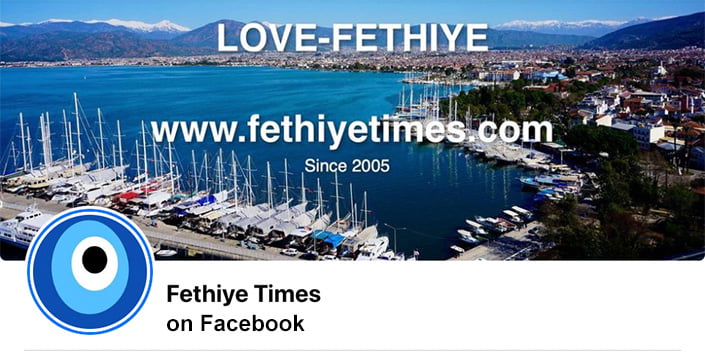“Still the Towers of Trebizond, the fabled city, shimmer on a far horizon, gated and walled and held in a luminous enchantment.” – Rose Macaulay, The Towers of Trebizond
Immortalised in Rose Macaulay’s classic novel The Towers of Trebizond, the sprawling town of Trabzon is the largest port along Eastern Türkiye’s Black Sea coast.
The earliest known settlement was founded in the 7th century BC by colonists from Miletos, the greatest of the ancient Greek Ionian cities. It grew in prosperity through trade with Persia (Iran), with camel caravans travelling along the Anatolian Silk Road, laden with silk and spices. Trabzon was an important stop on the Silk Road and it remains the Black Sea’s busiest port.
Trabzon, the capital city of the Trabzon province, is dotted with reminders of its rich past, including castles, historical churches and monasteries, museums, a fine art gallery, mosques, inns and baths, fountains and bridges, and more. There are far too many to include in one article so we’ve chosen a few.
Atatürk Pavilion (Atatürk Köşkü)
The pavilion, designed in the Black Sea architectural style, was constructed by banker Konstantin Kabayanidis as a summer residence in the early 19th century.
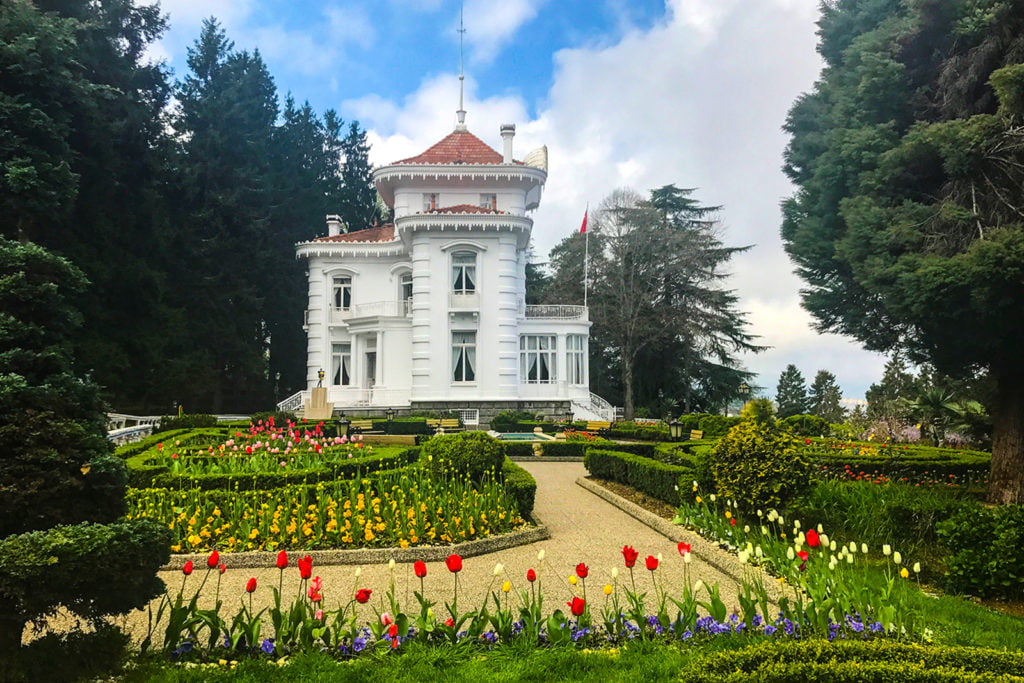
Located amidst dense forests on the Soğuksu ridge, about 4 kilometers from the city, this charming white stucco pavilion is now surrounded by meticulously maintained gardens and serves as a museum dedicated to Atatürk memorabilia.
The family gave the pavilion to Atatürk when he visited the city in 1924, although he only actually visited Trabzon and stayed there on three brief occasions, the last being in 1937.
Trabzon Castle (Trabzon Kalesi)
Although called Trabzon Castle, the walls did not function as a castle but as a defensive fortification surrounding the old town.
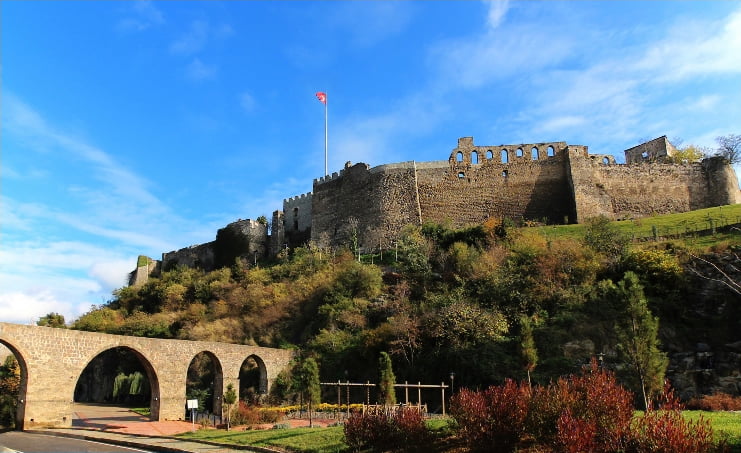
Most of the ramparts are still standing today with the oldest ones dating back to the Roman Period, 4th century BC.
The walls can be easily seen whilst walking around Trabzon or from the bridge – there’s no special effort needed.
The Arsenal
The Arsenal is the most striking structure in Trabzon. According to the Yıldız Palace records, it was constructed in 1305, a date confirmed by the inscription and the signature of Sultan Abdülhamit II over the door.
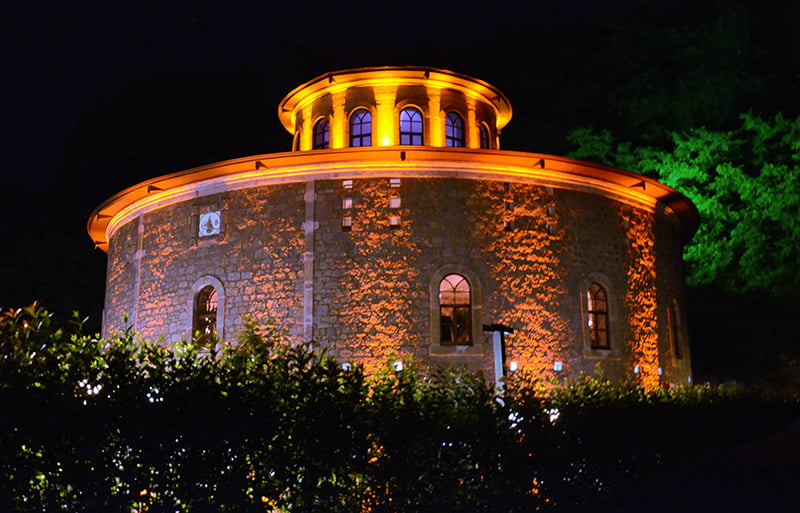
The Arsenal includes two circular structures, one inside of the other. The inside one is four-storied whereas the outer is three-storied. Both structures include 3 windows with oval arches. A high protective wall surrounds the Arsenal. During the Russian occupation between 1916 and 1918, the Arsenal served as an ammunition dump, and its roof was demolished by an explosion on July 9, 1919.
Sümela Monastery
The stunning mountain Sümela Monastery lies 48km inland from Trabzon but is well worth the trip.
The monastery’s unforgettable setting, clinging to the sheer rock face above the heavily wooded slopes and mountain mists, makes it look more Tibetan than Turkish.
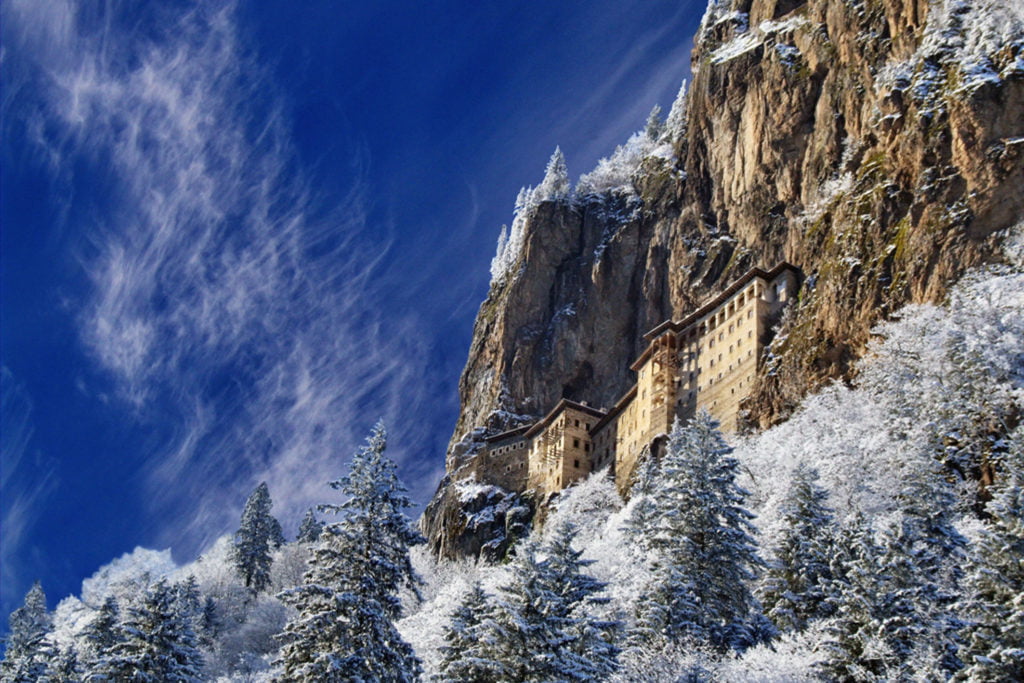
Sümela Monastery is undoubtedly the region’s biggest tourist attraction. Both the interior and the exterior of the monastery are covered with beautiful frescoes – depicting everything from the Virgin Mary to the Last Judgement. The earliest examples date back to the ninth century, but most are from the 19th century.
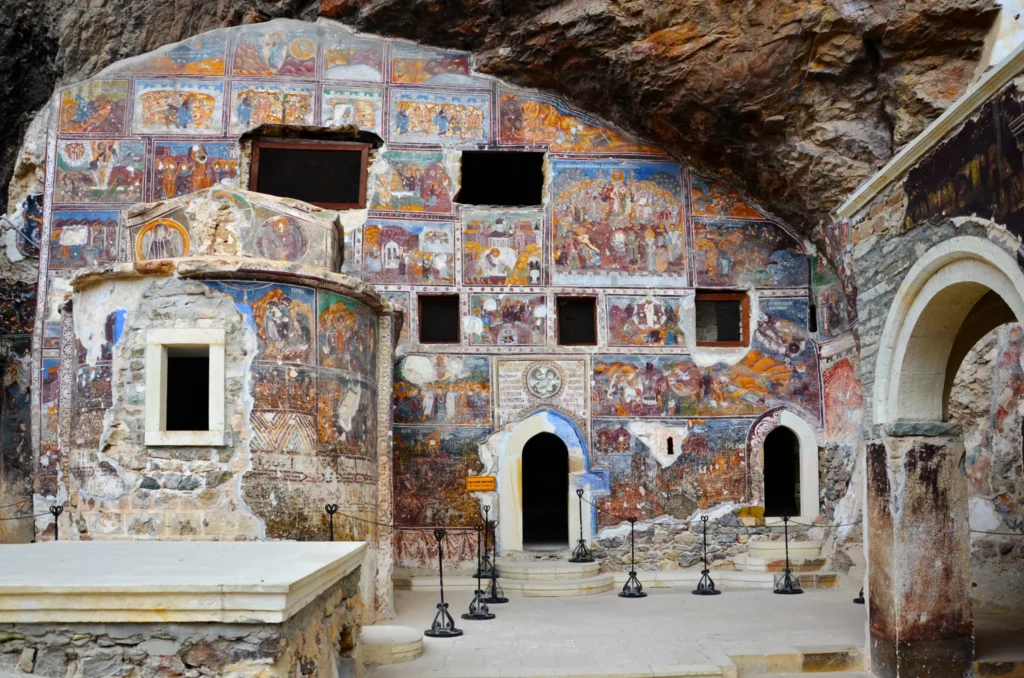
Uzungöl
Located south of Trabzon city, Uzungöl is one of the most popular places to enjoy the beauty of nature. The village of Uzungöl, which suitably translates to “Long Lake”, is surrounded by mountains with a long lake in the middle. Over the years, the picturesque lake, its village and the surrounding valley have become popular tourist attractions.
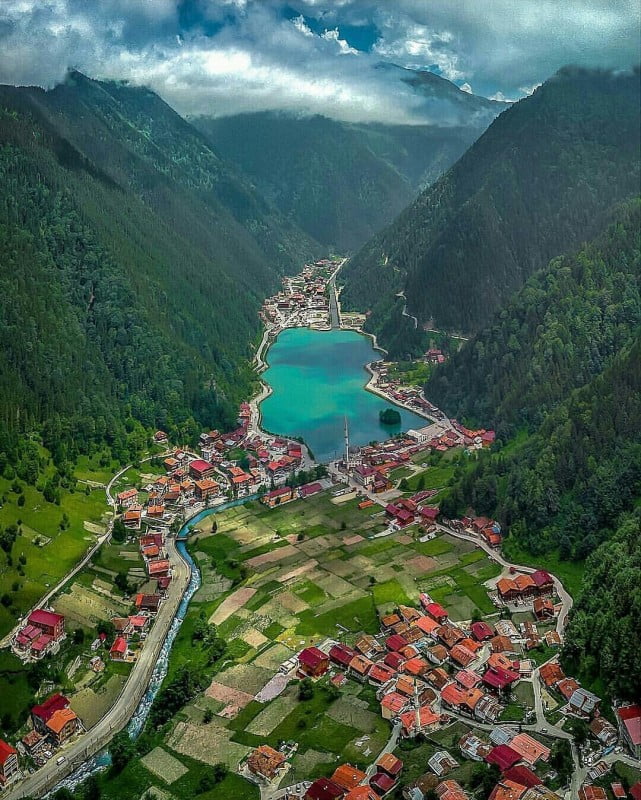
Shopping
There are a number of places to shop in Trabzon. The most famous amongst them is the Russian Bazaar also called Avrupalı Pazarı in Turkish meaning the “European Market”.
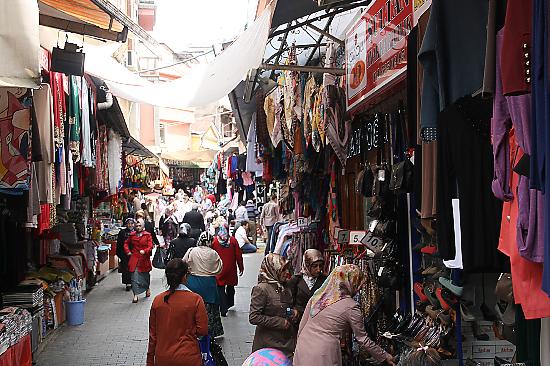
Here you can mingle with the locals as you wander around the alleyways and browse or shop for everything from clothing to souvenirs, jewellery, footwear and even electronic goods.
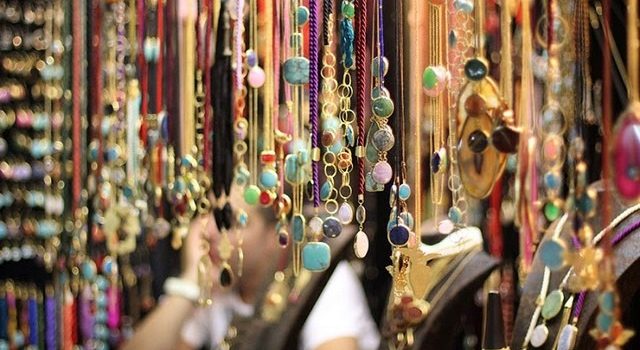
Afterwards, take a break at one of the nearby cafes or restaurants and sample some of the local cuisine.
Local cuisine
The Black Sea region is synonymous with hamsi (anchovy) fishing so it is no surprise that locals make hamsi a main ingredient in dishes like soup, meze or even dessert.
In the morning or for dinner, the smell of these black and silver fish dipped in corn flour and fried in hot oil makes its way into every room of the house while, on the street, it is served on a loaf of bread with salad, as a sandwich.
Hamsi Buğulaması (Steamed Anchovies)
The cleaned and washed hamsi are placed in a shallow pan and topped with sliced onions, tomatoes and sliced lemon.
Water and oil are added, the pan is covered to stop the steam from escaping and the dish is cooked for 10 minutes or so. Parsley can be used to garnish.
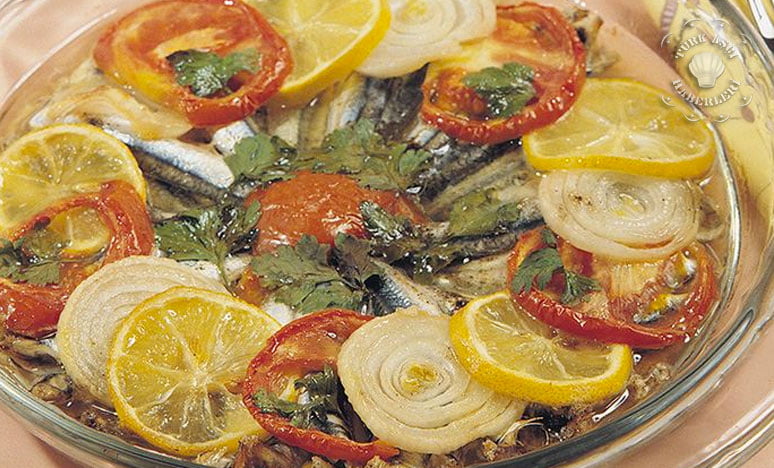
Trabzon Pidesi
Pide with butter, egg, cheese, ground meat or sucuk are the pides well-known today as “Trabzon pidesi.”
Yağlı pide is generously topped with butter before baking. Yumurtalı (egg) pide is the same with the addition of an egg, which is generally broken onto the dough and spread without much mixing. Peynirli pide is topped with a local cheese called “kolof cheese,” which resembles young kaşar or mozzarella.
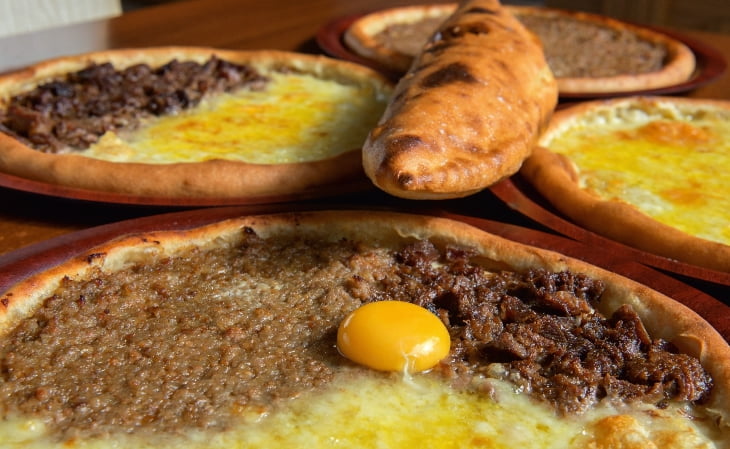
Akçaabat Köftesi
Akçaabat Köftesi (meatballs) is a grilled dish of minced meat, a type of köfte, found traditionally in Akçaabat in Trabzon. These small meatballs are both healthy and delicious, made with spices, cooked on the grill and served hot.
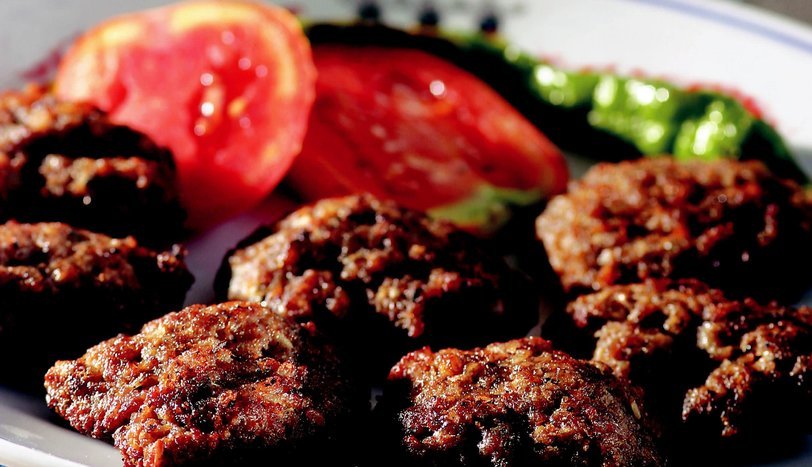
We’ll leave you with this short video of Trabzon from Go Türkiye …
Sources: Explore Trabzon/culturetrip.com/Turkish Cuisine Portal
Featured photograph of Trabzon town courtesy of Ulutour Travel
This article was first published on 8 March 2022 and updated on 27 August 2024.

